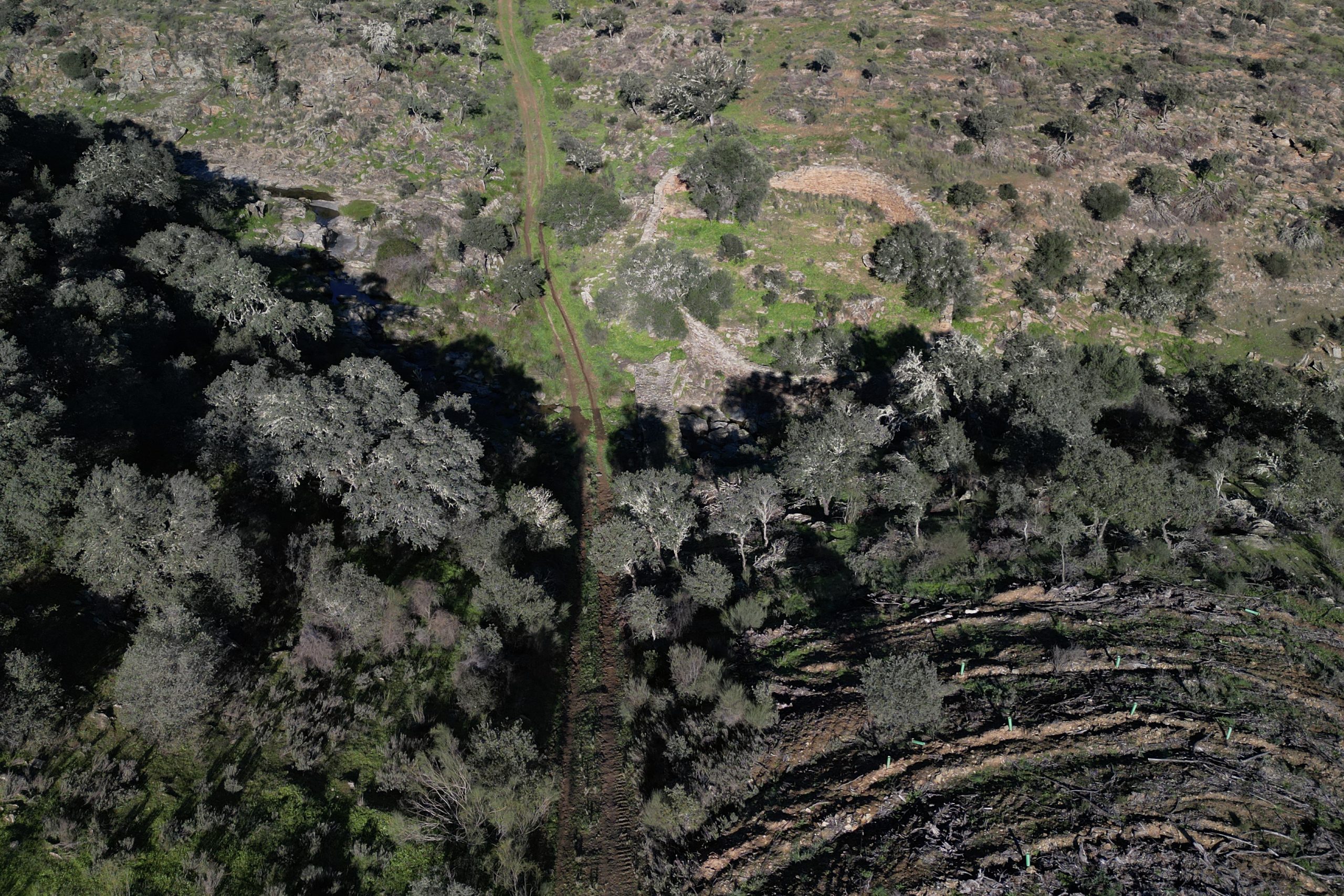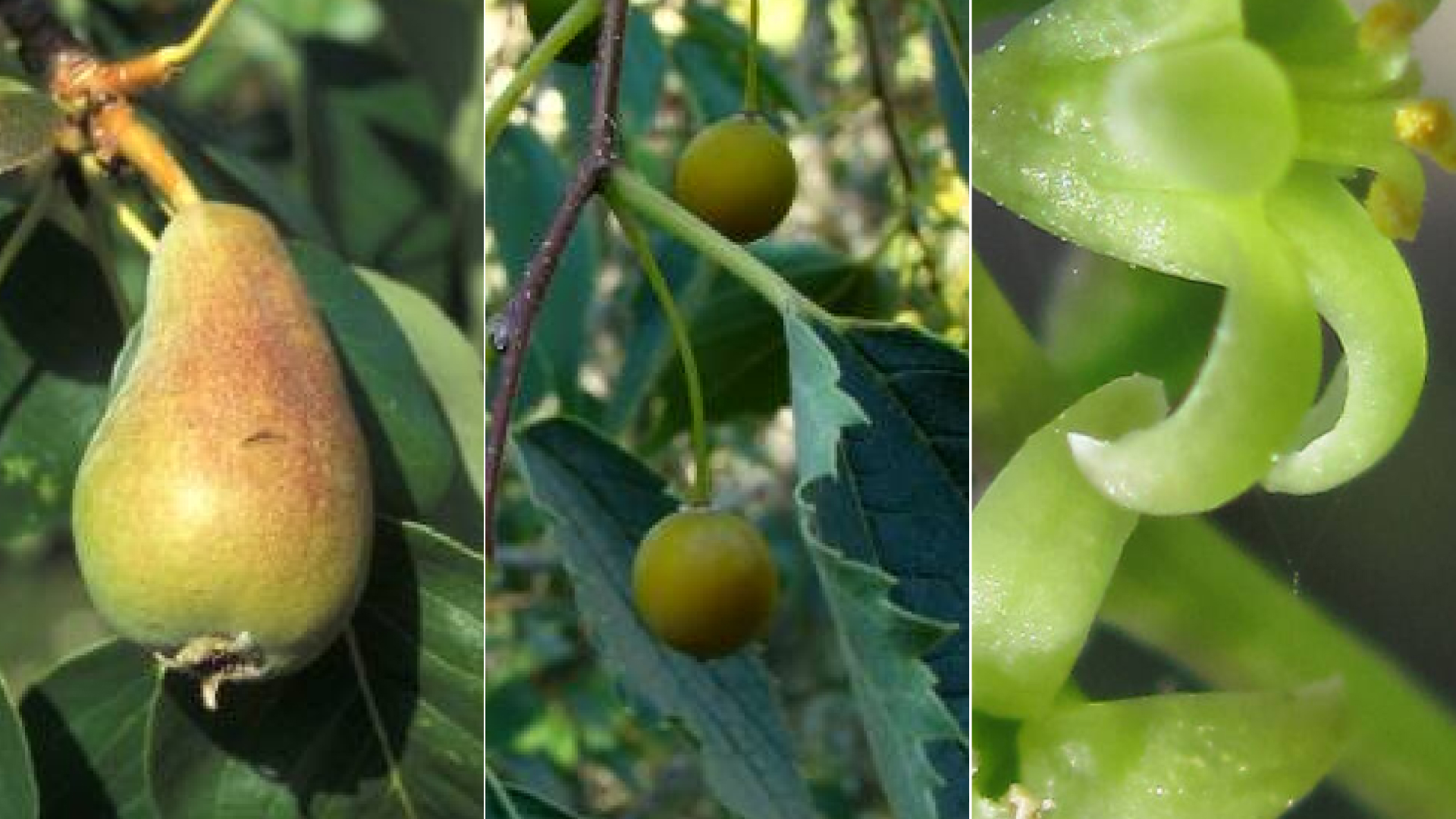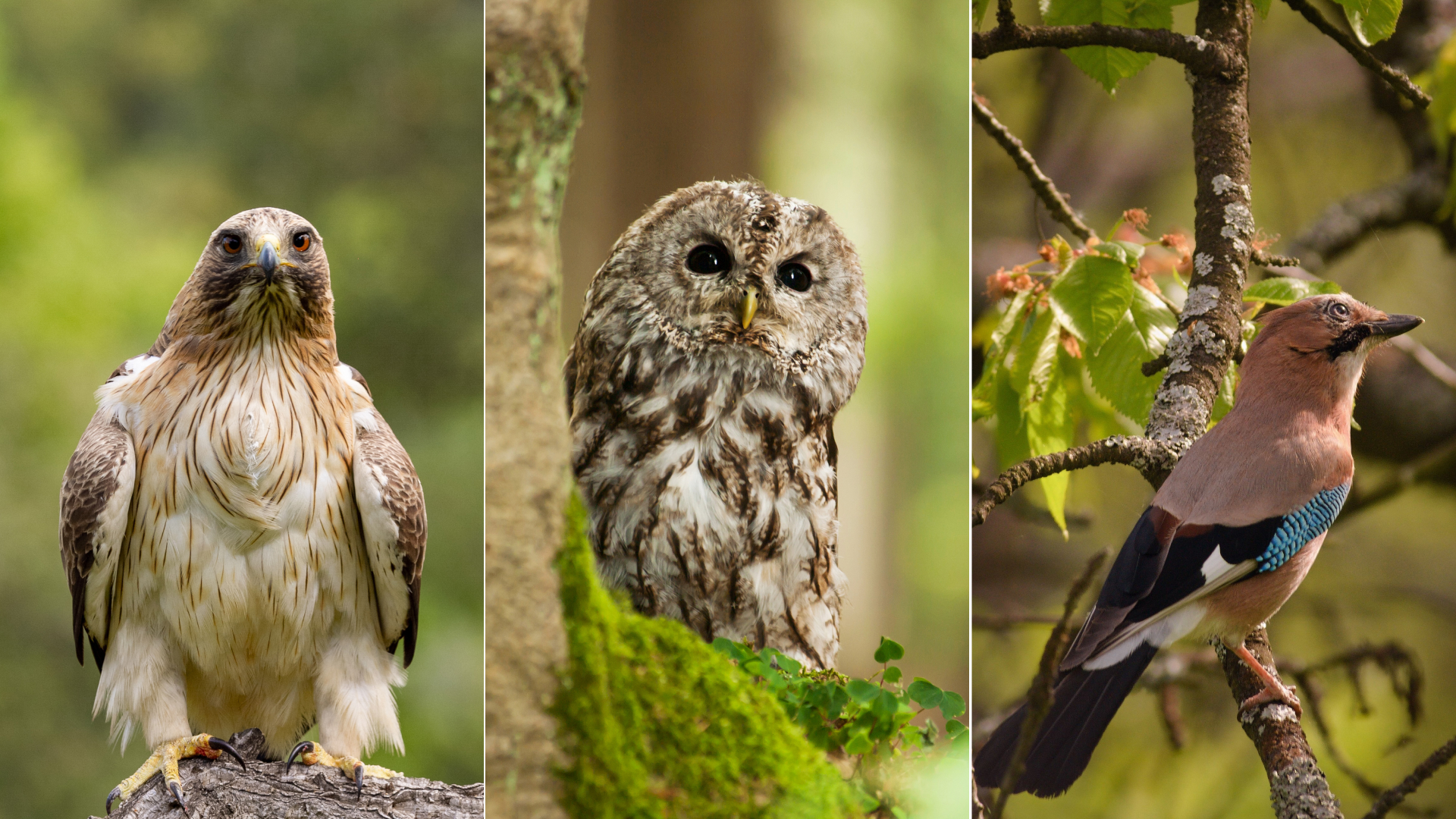As the Zambujo reCover project advances – a project focused on the ecological renovation of Zambujo, an estate managed by The Navigator Company and located in Idanha-a-Nova, in the heart of the International Tagus Natural Park – we get to know in more detail both its habitats and the existing fauna and flora. Discover one of the most prominent habitats: Habitat 9340 – “Quercus ilex and Quercus rotundifolia Forests pt1”, a Habitat of Community Interest (HIC).
Under the Zambujo reCover project, started in 2022, the ecological renovation of more than 150 hectares in this estate located near the border with Spain and equivalent to about 150 football fields continues. Of these, 118 hectares are located in a Special Protection Zone (SPA) of the Tagus International Natural Park, classified by the Natura 2000 Network and covering a number of Areas of High Conservation Value, including several protected habitats.
Zambujo reCover, a joint initiative between The Navigator Company and RAIZ – Forest and Paper Research Institute, with the support of external experts, aims to increase the environmental value of the natural and semi-natural forest habitats of this estate, recover weak soils, plant native species, adapted to the characteristics of that particular area of the country (relief, arid climate and stony soil and subject to erosion) along with densification of existing holm oak forests and, above all, conservation of the existing nature in that location.
On the ground, in order to improve the conservation status of the several habitats of this estate and its resilience to the effects of climate change and the risk of desertification, and to enhance ecosystem services, 40 hectares were planted with holm oak and 70 hectares were densified with native species. The selective control of tree and shrub vegetation was carried out to promote the conservation status of several protected habitats in this estate, including Habitat 9340 – “Quercus ilex and Quercus rotundifolia” Forests, subtype Quercus rotundifolia on silicate Bushes” (HIC 9340 pt1), one of the several Habitats of Community Interest (HIC) in Zambujo, thus promoting the fixation of carbon and nutrients that enrich the soil.
In addition to these, experimental actions are also being implemented to improve soil quality and minimize the risk of erosion. The top priority of all activities carried out is both respecting and preserving the fauna species in this estate, such as protected bird species that take shelter, feed and nest there.
This habitat, a forest composed mostly of Quercus rotundifolia arranged in mosaic shape with silica groves, whose conservation status is considered “evolutionary” (that is, with a favourable trend) and “favourable” in some places, such as the rugged areas along the banks of the Erges River, differs from the subtype “Quercus rotundifolia forests on limestone” (pt2). The differences are there as regards the type of soil and given the presence of other species of the phanerophyte family (woody plants with buds more than 25 centimetres from the soil), such as Montpellier maples (Acer monspessulanum), turpentine trees (Pistacia terebinthus), Q. x mixta (= Q. suber x Q. rotundifolia) and wild olive trees (Olea europaea subsp. sylvestris).
Nuno Rico, in charge of Biodiversity Conservation at The Navigator Company, states that “With the identification and evaluation of natural values over the years at the Zambujo estate, we were able to move forward and implement several proposals for active biodiversity management, in particular adaptation of forest management practices, definition of areas of interest for conservation, ecological renovation, thus improving the habitat of the fauna and flora species, both present and potential, and meeting the goals set out for classified areas”. In the particular case of Habitat 9340, it is legally protected by Decree-Law 140/99, of April 24 – Appendix B-1, re-enacted by Decree-Law 49/2015, of April 24.








